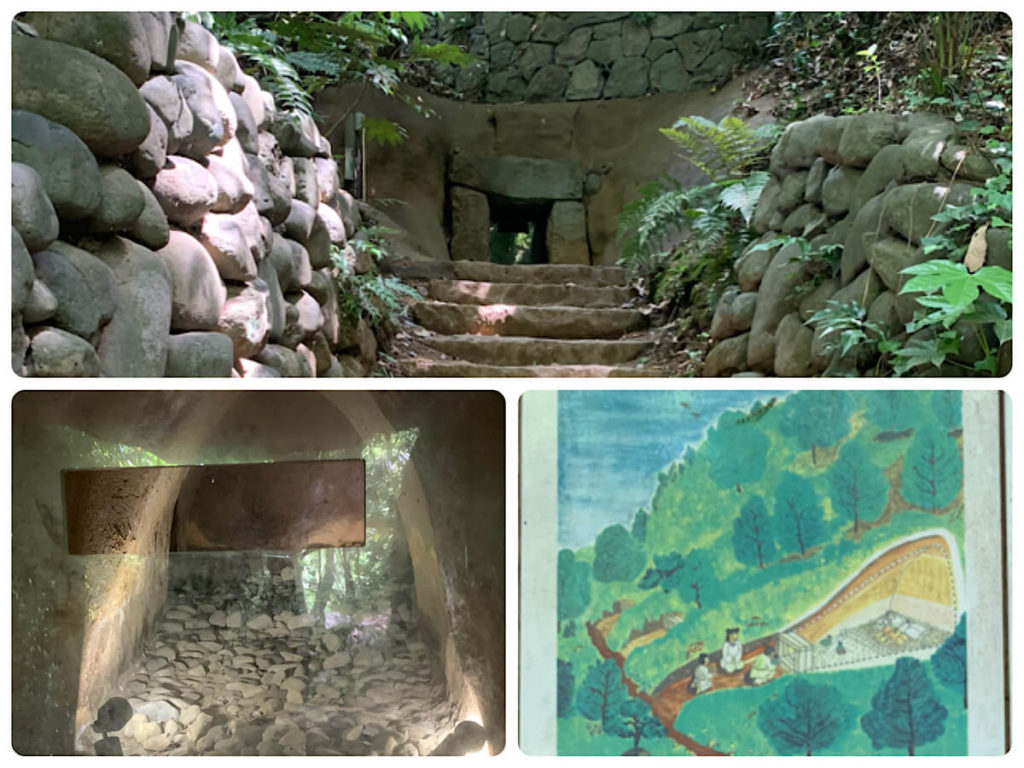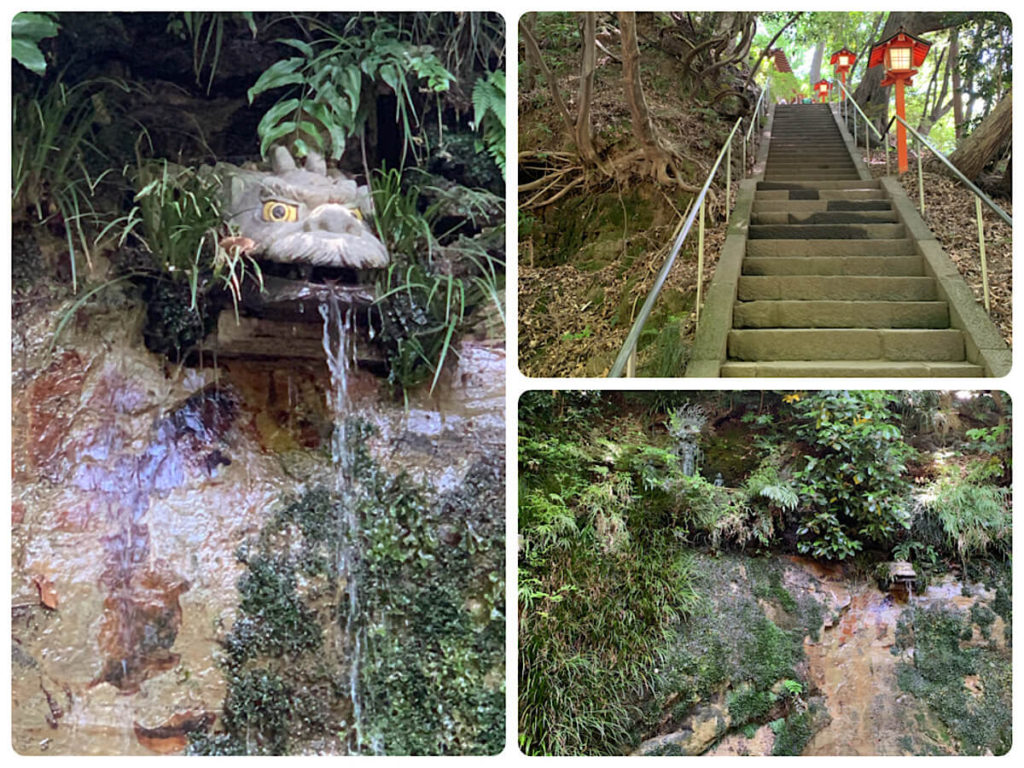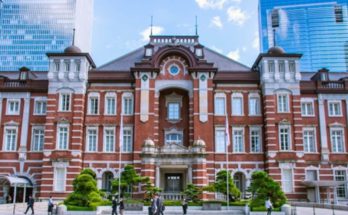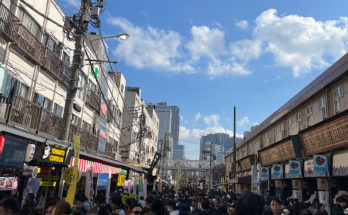Unique Natural Features
Tokyo is a land with many small height differences, so you would encounter a lot of slopes when you take a walk. You may find many similar names of places here and there in Tokyo, like Fujimi-saka (富士見坂) or Fujimi-dai (富士見台) which means an excellent point for viewing Mt. Fuji. You could imagine from this, we have a lot of high areas to see Mt. Fuji in Tokyo. One of the reasons this geographical feature formed was because of some rivers running through Tokyo. This land has a lot of rivers and streams, and they eroded the upland for a long time and gave Tokyo various great characteristic views. Now, Tokyo’s geography has been changed by city developments in many ways, but you can still find some incredible places that have been preserved from the old days and you’ll love Tokyo more if you see them.
Todoroki Valley (等々力渓谷) and the surrounding area is one of those characteristic districts. Once you step into this area, you will feel like you have warped to the countryside. Amazingly, it is only about 20 minutes away by train from the downtown area, Shibuya. Located in Setagaya, this is the only valley in the 23 districts of Tokyo. I assume most of the children who live in Setagaya have experienced taking day trips to the area once or more like I used to, too. Even though it is famous to us, and people come from other prefectures, some Tokyo people still don’t know much about this place.
The entrance of the valley is about 3 minutes from the nearest station, Todoroki. There are steps and slopes to the ravine, but you can’t see exactly what is waiting for you from the upper area until you walk down to the bottom because of trees surrounding the slope. I feel like I was about to get lost in another wonderland. In the bottom of the thickly wooded valley, the Yazawa River runs through and there is a 1-km hiking trail along with it. The valley crosses under Kanpachi-Dori Avenue, one of the high traffic streets around this area, but you can’t hear the noise from the street. The hiking trail is rather short for advanced hikers, but it is a good place for an easy escape from the hustle and bustle of the large city. You can enjoy forest therapy there and feel relaxed while listening to some birds singing, and there are also some sightseeing spots around there.

For Spiritual Feeling
Not only is there the wonderful vibration of nature, there is also something special about the place that I feel is sacred. No wonder, because this area is in the ancient tumulus zone: early 5th century AD. Two tombs have been placed on both sides of the valley, Noge Otsuka Ancient Tomb (野毛大塚古墳) and Mitake San Ancient Tomb (御岳山古墳).
Noge Otsuka Ancient Tomb is 260 meters away from the middle of the trail course, so I recommend you to go out of the way and climb the tomb hill. Of course, it is always great to watch the view from the higher area since it has a different appeal than the valley.

Once you get back into the valley, you will also see one of the interesting tunnel tombs from 7-8th century AD. If you like ancient things, you can look inside.

Todoroki Fudo
There is also a temple right above the valley, Todoroki Fudo (等々力不動). This name of Fudo came from one of the Buddhist gods “Fudo-Myo-Ou” or we also call the god “Fudo-sonn” (不動明王/不動尊) worshipped at the temple. The face of Fudou-Myo-Ou expresses anger. The Kanji letter ‘不動’ means unshakable, and it is said the god shows the right way with an angry face and solid policy if people stray from the path of human morals. You can go there directly from the valley along the upward path. There are two waterfalls from the cliffside of the path. The two dragons’ heads are on the cliff and water comes out from their mouths. The dragon is a guardian deity and purifies water. It was used for monks’ training for improving their ability of concentration and dedication to their faith or some miracle skills.

To-do-ro-ki or To-do-ro-ku means “roaring” in Japanese and it is said that this district “Todoroki” comes from the sound of falls roaring through the valley. However, the sound of the falls is not that big, in fact! There is another story. There are a lot of springs that come out of cliffs, and sometimes it happens to cause landslides. The name comes from the sound of landslides roaring around the area. I assume this story may be true. There is an observation platform on the site of the temple. The view looking over the valley from it is amazing. I bet you can enjoy it every season.
If you want to take a break, there are two shops. One is at the coffee shop “四季の花” in the site of the temple and the other is a tea & sweets shop “雪月花” next to the falls.

Fusion of Nature and Man-Made
There is one more spot, a Japanese garden down the river. This was created in 1973 by a famous garden designer and has a unique characteristic. Although the garden is not that large, the designer took advantage of the natural feature of the gorge and created an artistic garden on the steep slope. There, some bigger rocks are dotted on the hillside and you can see a bamboo thicket, a mandarin grove, and a lot of other trees in the garden. There is also a Japanese-style house as a visitor center on the top. This house was constructed in 1961. This style of architecture is called “Shoin style” (書院造) that originated in a samurai’s house at first. The original meaning of Shoin is a ‘study’ and it often uses a living room or guest room and usually it has a symbolic corner for displaying flowers (生花) and hanging a scrolled picture (掛軸). A lawn yard is over the house. This site is actually the main gate from the outside of the valley, but you can take a lunch box to eat there if you want.

How to get there
Taking the Toyoko Line from Shibuya to Jiyugaoka, you will need to transfer to Oimachi Line, platform no.1, to Todoroki Station. Make sure not to take an express train of the Oimachi Line from Jiyugaoka. It doesn’t stop at Todoroki.
Then come out from the South Gate of the station, and walk up to the street. Go left just a few minutes until you find a pretty tall tree as a landmark on your right to get to the entrance.


Born in Tokyo and currently living in Yokohama. A first aid trainer for both instructors and laypersons. Advanced Taichi player for more than 25 years. A cat lover. Mott: Only the person who tries to get more than two things can get more than two.





Hi Suguri. Thanks for this great article and for the beautiful photographs. It was well written and fun to read. I’m always looking for good places to hike. Next time I’m in the area, I will check out Todoroki Valley. Thanks and well done.